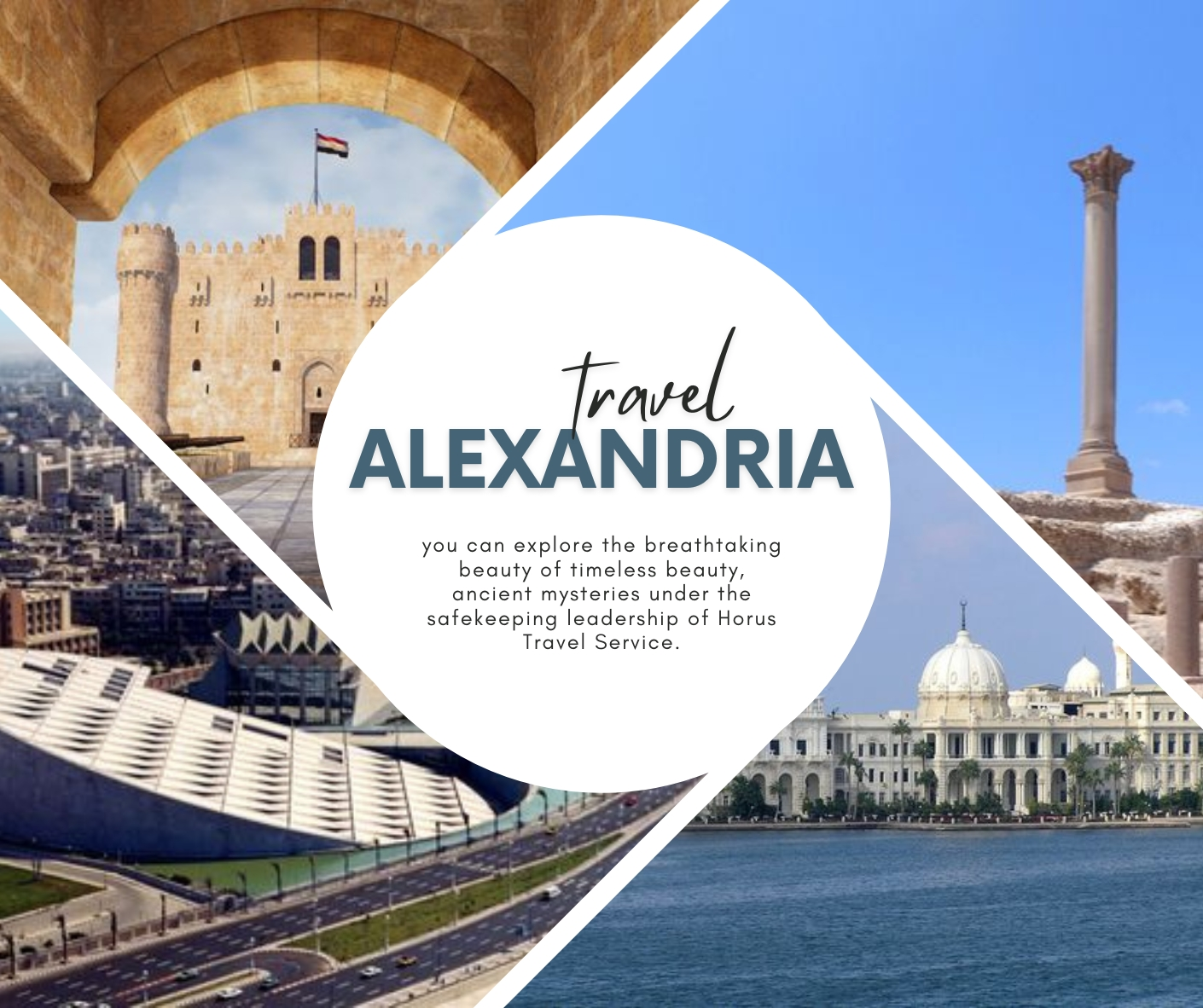


2024-07-08 15:53:07
Best Things To do In Alexandria. Egypt
Alexandria is the second-largest city in Egypt and forms a chief economic and cultural hub on the Mediterranean coast. Founded by Alexander the Great in 331 BC, Alexandria was historically one of the most important cities in the ancient world, famous for its iconic Lighthouse of Alexandria, listed as one of the Seven Wonders of the Ancient World, and the Great Library of Alexandria, a center of learning and scholarship. Modern-day Alexandria boasts an interesting blend of the ancient and the contemporary, from the Qaitbay Citadel, sitting on the site of the ancient lighthouse, to the modern Bibliotheca Alexandrina, set up in memory of the original library. This vivid tapestry of culture, one city full of history, and the views of the Mediterranean make Alexandria a unique blend of tourist and scholarly interest.
Bibliotheca Alexandrina
The new library and center of culture that evokes the ancient Library of Alexandria is a center of learning, with millions of books, several museums, art galleries, and even a planetarium—a hub of learning and fail-safe of this great city's intellectual heritage.
Citadel of Qaitbay
Situated on the Mediterranean coast, this 15th-century fort was constructed on the site of the ancient Lighthouse of Alexandria, one of the Seven Wonders of the Ancient World. It offers a staggering view of the sea and gives an insight into medieval military architecture.
Montaza Palace and Gardens
A former royal residence, Montaza Palace is surrounded by large gardens with shade, an agreeable seafront, and an atmosphere that is calm and peaceful, far removed from the hectic city. It is perfect for walking, picnics, and views over the sea.
Alexandria National Museum
Housed in a handsome, sensitively restored Italianate mansion, this museum boasts a vast collection of exhibits covering the city's history from the Pharaonic to the Hellenistic, Roman, and Islamic periods.
Kom El Shoqafa Catacombs
These rock-cut tombs are of the 2nd century AD. In these tombs an odd mix of Egyptian, Greek and Roman styles in architecture is seen. The catacombs are adorned with excellent paintings of burial chambers and some reliefs are also made on the walls.
Pompey's Pillar and the Serapeum
This is one of the largest single monoliths erected by the Romans. It was set up outside the Temple of the god Serapis, known as the Serapeum.
Corniche
Along the Mediterranean, the scenic waterfront promenade gives great views, fresh sea air, and plenty of cafes and restaurants. It is precisely the place for a leisurely walk and is especially wonderful during sunset.
Royal Jewelry Museum
Located in a former palace in the Zizinia neighborhood, this museum holds a stunning display of jewelry and other regalia of the royal family of Muhammad Ali Pasha.
Graeco-Roman Museum
It also contains a large number of remains from the Ptolemaic and Roman periods, which help to shed light on the ancient history of the city.
Ras El Tin Palace
This is one of the oldest royal palaces in Egypt, originating as a royal residence and now housing naval offices. The palace itself is not open to visitors, but its exterior is still worth seeing.

Stanley Bridge
A modern bridge with nice vistas of the Mediterranean, adding to the familiar photographic memory, especially during sunrise and sunset.
Alexandria Opera House
Also known as Sayed Darwish Theatre, it is where so much is happening: opera, ballet, concerts, and a real cultural hub.
Alex Beaches
The city has shared its portion of pristine beaches along the rim of the Mediterranean. Among them are Mamoura Beach, Montaza Beach, and Maamoura Beach, all perfect for swimming, sunbathing, and rest.
And if Egypt is ringing in your mind now, you can explore the breathtaking beauty of timeless beauty, ancient mysteries under the safekeeping leadership of Horus Travel Service.
Book your ideal tour now!

Newsletter
Sign up to receive the best offers







.jpg)





